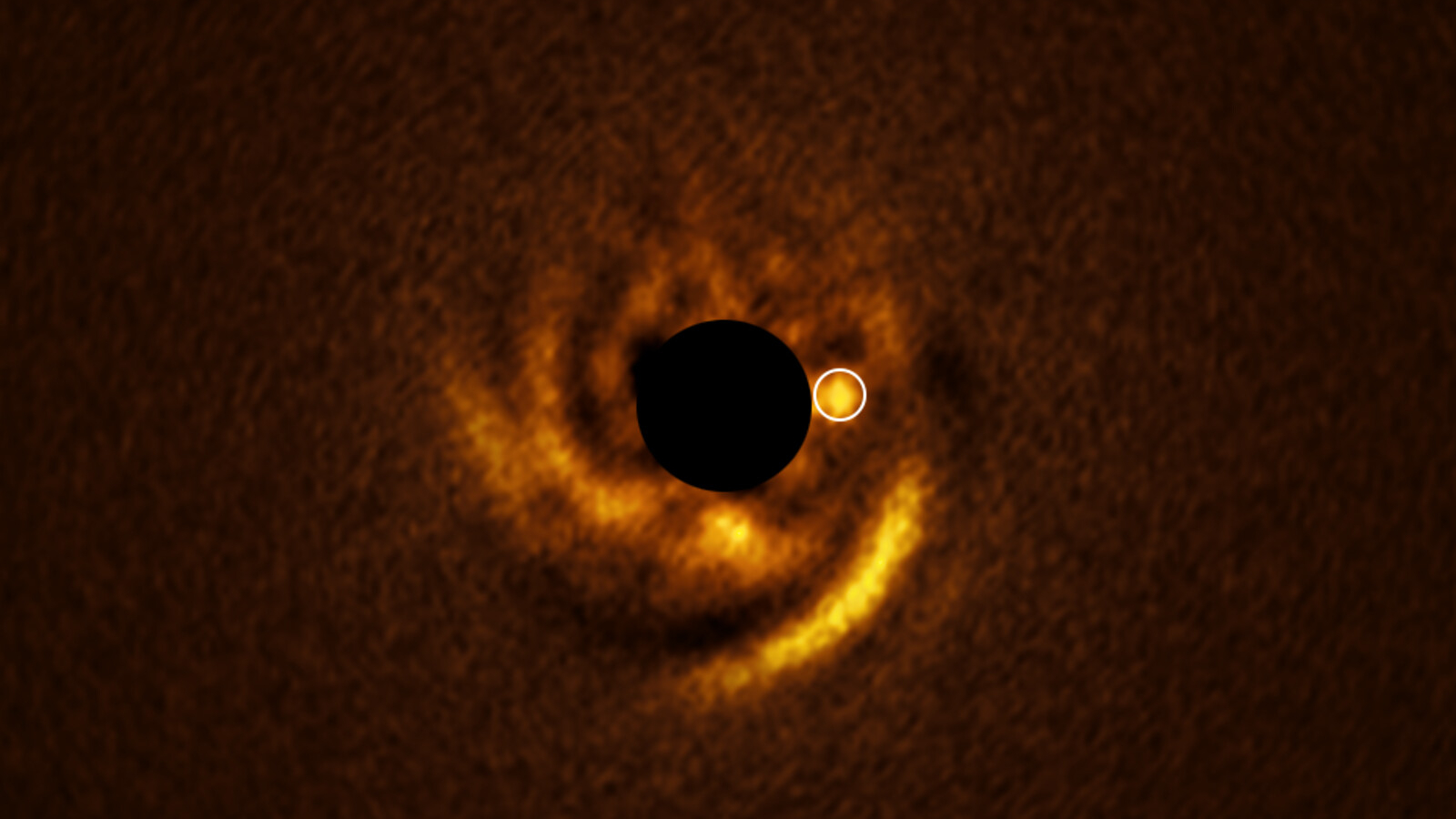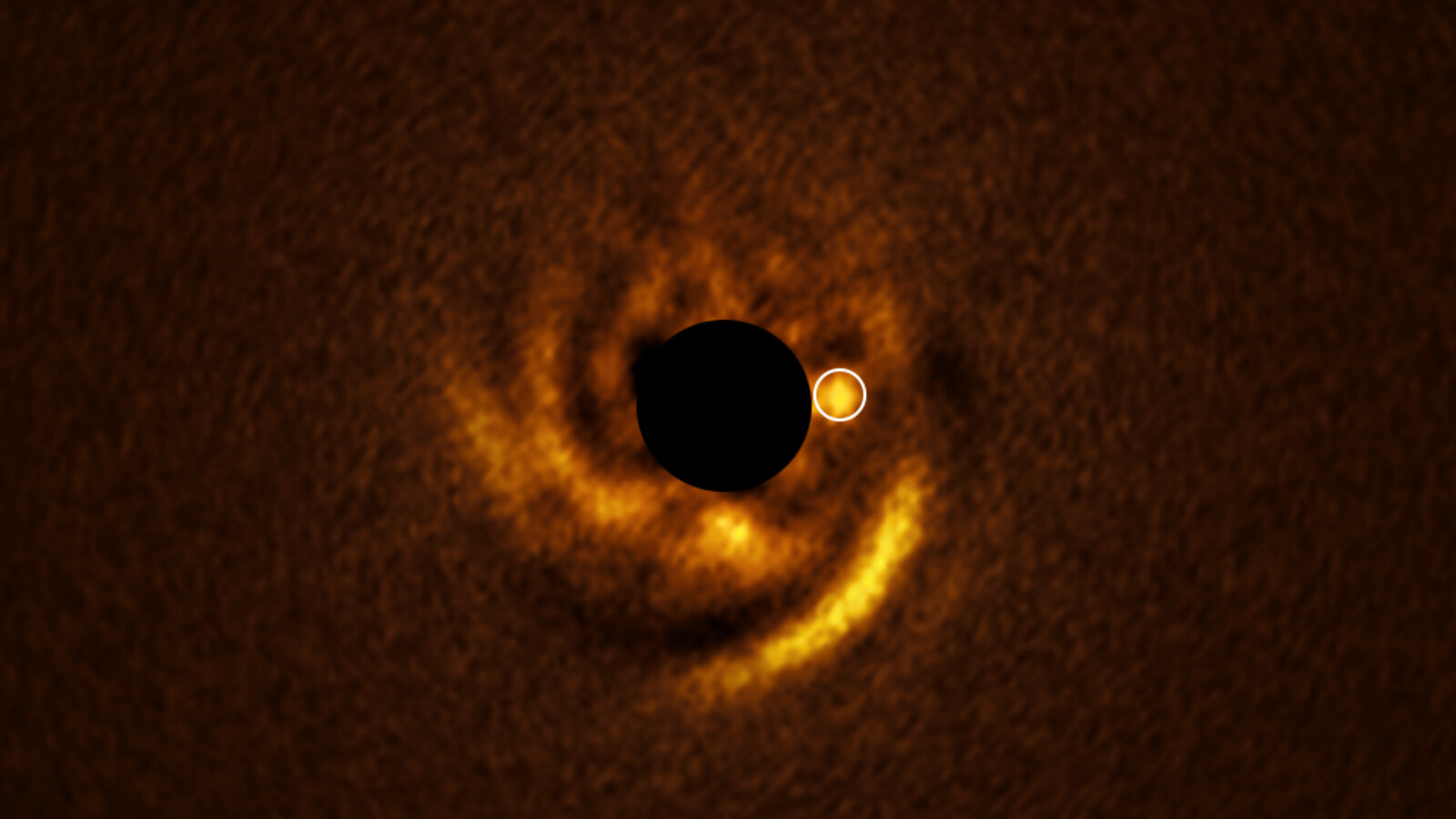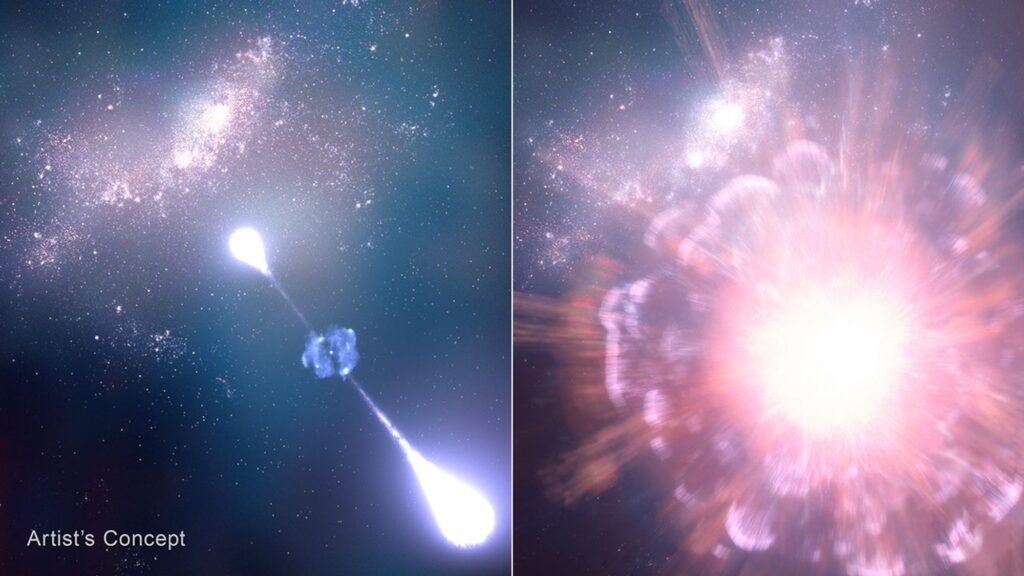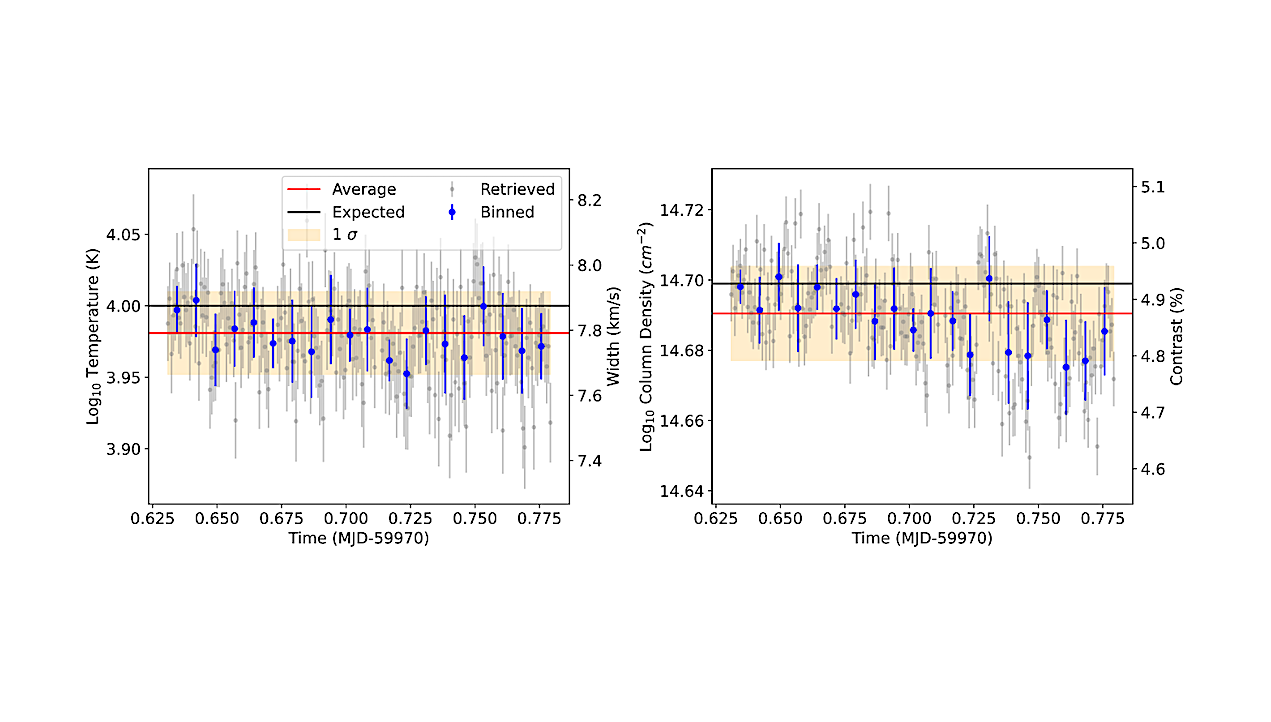Now Reading: ERIS spots spiral disc around young star | Space photo of the day for July 31, 2025
-
01
ERIS spots spiral disc around young star | Space photo of the day for July 31, 2025
ERIS spots spiral disc around young star | Space photo of the day for July 31, 2025

Stars are born in clouds of dust and gas, and around them, planets slowly begin to take shape. Astronomers have long theorized how planets form from these swirling discs, but capturing this process in action is a rare and challenging process. Thanks to telescopes like the European Southern Observatory’s Very Large Telescope (VLT), scientists are able to monitor what happens much more closely.
What is it?
Thanks to the VLT’s ERIS (Enhanced Resolution Imager and Spectrograph) instrument, astronomers in Chile, where the Very Large Telescope is based, are able to see the young star HD 135344B in high resolution. With this technology, they have found that the spiral disc around the young star may be shaped by a candidate planet, or protoplanet, which is circled in white in the image.
Where is it?
The star HD 135344B is around 440 light-years away from Earth.

Why is it amazing?
In the image, the star HD 135344B is masked by a coronagraph, a tool used to block the light of a star to see what objects might be near it. Thanks to the coronagraph, astronomers were able to catch a bright spot, which they believe could be a young planet still forming within the spiral disc.
By continuing to monitor young star systems like this one, astronomers can better understand the processes that helped our solar system take shape.
Want to learn more?
You can read more about planet formation and the Very Large Telescope.
Stay Informed With the Latest & Most Important News
Previous Post
Next Post
-
 012024 in Review: Highlights from NASA in Silicon Valley
012024 in Review: Highlights from NASA in Silicon Valley -
 02Panasonic Leica Summilux DG 15mm f/1.7 ASPH review
02Panasonic Leica Summilux DG 15mm f/1.7 ASPH review -
 03How New NASA, India Earth Satellite NISAR Will See Earth
03How New NASA, India Earth Satellite NISAR Will See Earth -
 04And Thus Begins A New Year For Life On Earth
04And Thus Begins A New Year For Life On Earth -
 05From Polymerization-Enabled Folding and Assembly to Chemical Evolution: Key Processes for Emergence of Functional Polymers in the Origin of Life
05From Polymerization-Enabled Folding and Assembly to Chemical Evolution: Key Processes for Emergence of Functional Polymers in the Origin of Life -
 06Astronomy Activation Ambassadors: A New Era
06Astronomy Activation Ambassadors: A New Era -
07SpaceX launch surge helps set new global launch record in 2024




















